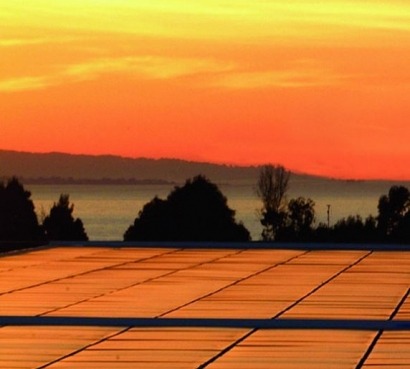
The 2015 edition of the annual event will be held yet again at the Messe München exhibition centre in Munich, from the 10th to 12th June.
According to PI Berlin, up to 1,000 modules can be tested each night using electroluminescence measurements.
Specially developed software then analyses the test images and provides information on measures required to resolve faults and modules that need replacing. Experts at PI Berlin have already put this method into practice for Deutsche Bank, for example, which uses it as a basis for its power plant assessments.
“If a PV power plant generates lower yields than expected, we start looking for potential errors. The quicker the error is found, the higher the profits will be for investors and operators. Our test set-up allows us to take high-resolution electroluminescence images of several modules at once, thus saving time,” explained Dr Juliane Berghold, Head of Module Technology and Research at PI Berlin.
“These images are then analysed and automatically evaluated by our software, which is based on our years of experience with error analysis of PV modules in power plants. This expertise also helps us to evaluate these results very quickly and recommend specific courses of action for solving problems in the plant,” Berghold said.
Each examined module is classified in a test report, allowing defective modules to be localised and replaced in the event of damage. Test reports help investors and operators to back up their claims to EPC contractors, module manufacturers and insurers.
Error analysis for investors
PI Berlin used this new test method to examine a power plant in Italy that had been generating significantly lower yields than expected immediately after start-up. Engineers at the institute tested over 12,000 installed polycrystalline modules in less than three weeks – over 80 percent were shown to be defective. Many were found to have badly fractured cells in the centre, which were considerably reducing yield. PI Berlin’s report prompted the investor to have several thousand solar modules replaced.
“Our analyses show that PV modules are frequently damaged during transportation. This is indicated, for example, by prominent cell fractures that occur fairly consistently in the middle of the majority of modules in a plant. In such cases, the damage we see in the power plant can be attributed to a combination of the transportation method and relatively sensitive modules,” Berghold said.
PI Berlin's exhibition booth at Intersolar Europe will be located at A1, Booth 451.
For additional information:

